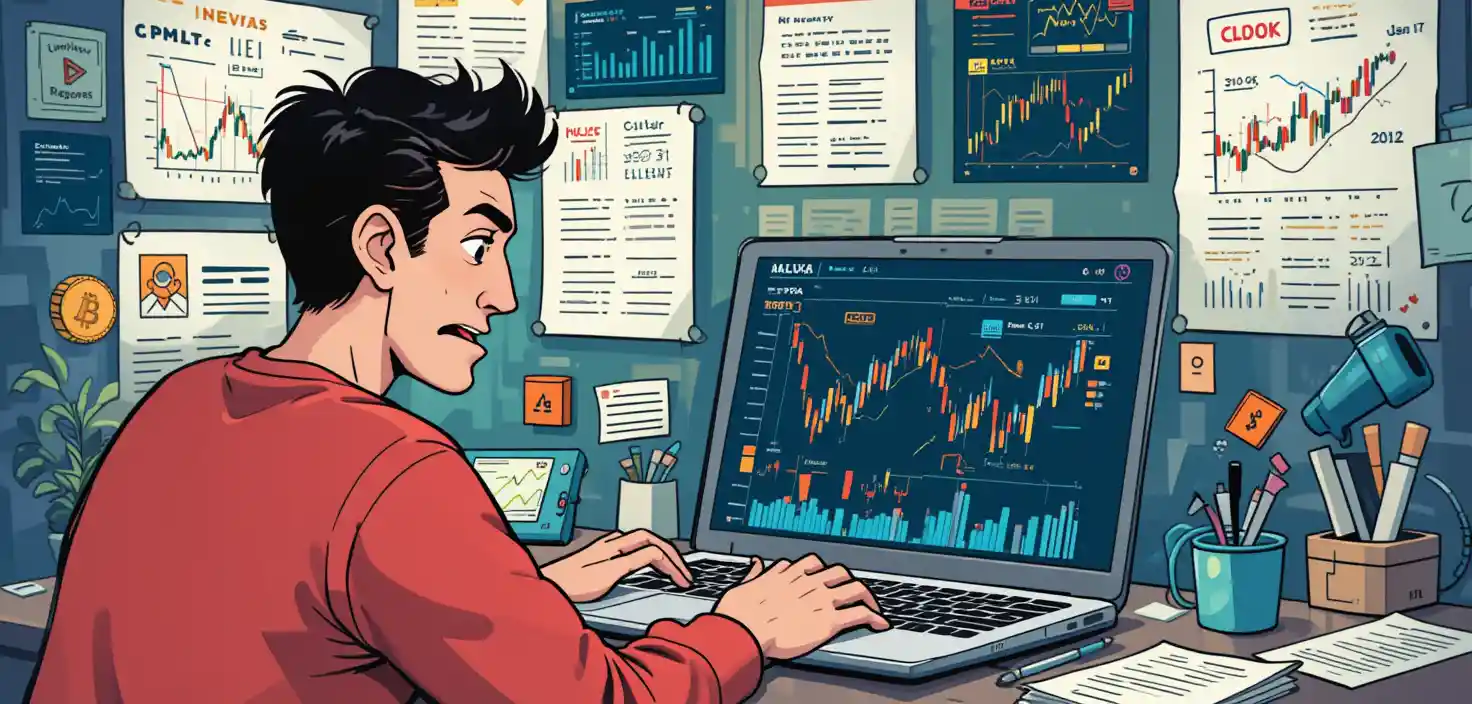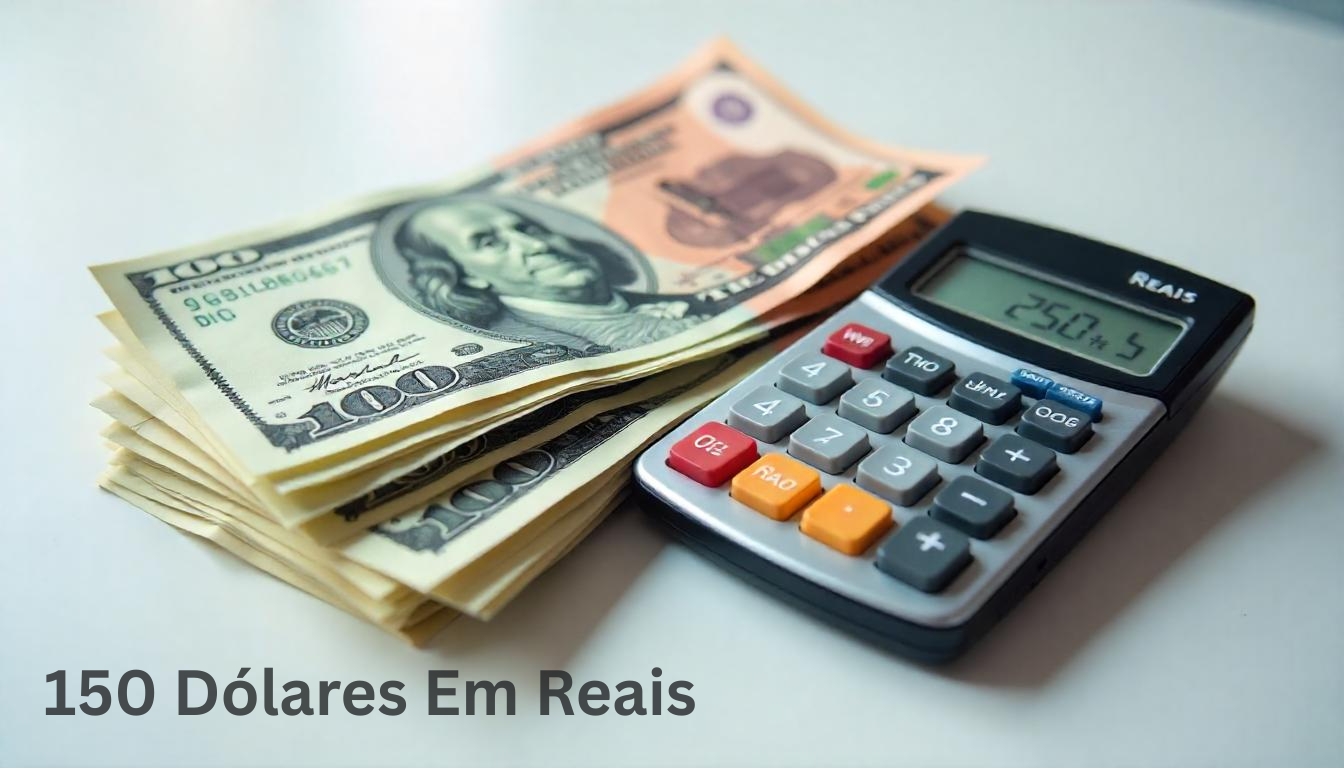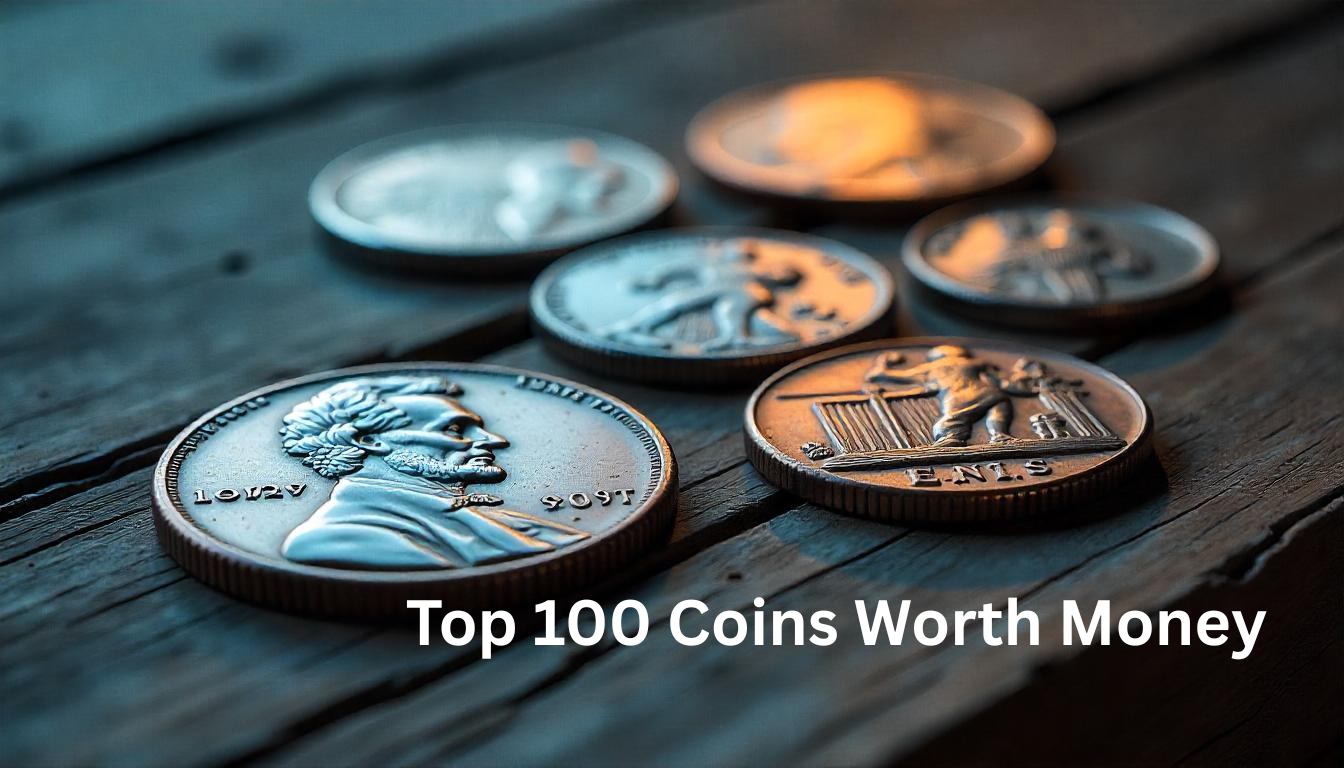Imagine waking up one morning to find your cryptocurrency investments have plummeted overnight. This scenario has become all too familiar for many investors in 2025. If you’re wondering why did crypto crash, you’re not alone. The crypto market has always been volatile, but recent events have left even seasoned investors scratching their heads. Let’s dive into the key factors driving this downturn and explore what it means for the future of cryptocurrencies.
The Crypto Crash
Cryptocurrencies like Bitcoin and Ethereum have experienced significant price fluctuations over the years. In early 2025, Bitcoin reached record highs, only to plummet shortly after. This volatility has left many investors questioning the future of crypto. So, why did crypto crash? The answer lies in a combination of regulatory uncertainty, economic instability, and market speculation.
Key Factors Behind the Crypto Crash
Several factors have contributed to the recent crypto market downturn:
- Regulatory Uncertainty: Changes in government policies and the lack of clear regulations have created uncertainty among investors. In the U.S., discussions about stricter crypto regulations have led to panic selling.
- Economic Instability: Global economic concerns, such as inflation and trade tensions, have impacted investor confidence. Tariffs imposed by the U.S. on major trading partners have added to the economic uncertainty, affecting crypto markets.
- Speculative Trading and Overvaluation: The crypto market is often driven by hype and speculation. When prices reach unsustainable levels, a correction is inevitable. In late 2024, Bitcoin soared past $100,000, setting the stage for a potential downturn.
- Security Issues and Market Scandals: High-profile security breaches and project failures have eroded trust in the crypto space, leading to sell-offs.
How Economic Factors Impact Crypto
Economic factors play a significant role in shaping the crypto market. Here are a few ways in which economic instability affects cryptocurrencies:

- Inflation and Interest Rates: Rising inflation can lead to higher interest rates, making traditional investments more attractive and reducing demand for cryptocurrencies.
- Trade Policies: Tariffs and trade disputes create economic uncertainty, causing investors to seek safer assets and sell off riskier investments like crypto.
- Global Economic Trends: Economic downturns in major countries can lead to a decrease in investor confidence, affecting the crypto market negatively.
The Role of Regulatory Uncertainty
Regulatory uncertainty is a major concern for crypto investors. Here’s how it impacts the market:
- Lack of Clarity: Without clear regulations, investors are hesitant to invest in cryptocurrencies, fearing potential legal issues or restrictions.
- Fear of Bans: The possibility of crypto trading or mining bans can lead to panic selling, as seen in previous instances where countries have restricted crypto activities.
- Institutional Investment: Clear regulations can attract more institutional investors, but uncertainty keeps them on the sidelines.
Market Speculation and Overvaluation
Market speculation is a key driver of crypto prices. Here’s how it contributes to crashes:
- Hype and FOMO: The fear of missing out (FOMO) often leads to rapid price increases, which are unsustainable in the long term.
- Correction: When the hype dies down, prices naturally correct, leading to significant drops.
- Over-leveraged Trading: Many investors use leverage to amplify their gains, but this also increases the risk of liquidations during market downturns.
Security Issues and Market Scandals
Security breaches and project failures have a profound impact on investor confidence:
- Mt. Gox and FTX: Historical examples like Mt. Gox and FTX demonstrate how security issues can lead to massive losses and market distrust.
- Recent Incidents: Recent security breaches and project failures continue to erode trust, leading to sell-offs.
What Investors Should Do During a Crypto Crash
If you’re wondering why did crypto crash and what to do next, here are some strategies to consider:
- Avoid Panic Selling: It’s crucial to stay calm and avoid selling during a panic. Long-term investors often benefit from holding onto their assets.
- Diversify Your Portfolio: Spreading investments across different asset classes can help mitigate risks.
- Research and Stay Informed: Keeping up with market news and trends can help you make informed decisions.
Frequently Asked Questions About Crypto Crashes
What causes crypto crashes?
Crypto crashes are often the result of a combination of factors, including regulatory uncertainty, economic instability, speculative trading, and security issues. Over-leveraged positions being liquidated and shifts in investor sentiment can also trigger sharp price declines.
How do regulatory changes impact crypto prices?
Regulatory changes can significantly impact crypto prices by creating uncertainty among investors. Stricter regulations or potential bans on crypto trading or mining can lead to panic selling and price drops.

Can you profit during a crypto crash?
Yes, strategic investors can profit during a crypto crash by using techniques like dollar-cost averaging (DCA) and setting limit orders to accumulate cryptocurrencies at lower prices.
How can I prepare for a crypto crash?
To prepare for a crypto crash, maintain cash reserves, diversify your portfolio with stablecoins and blue-chip assets, set strategic price targets, and monitor key technical indicators for market trends.
Is this crypto crash different from previous ones?
Yes, each crypto crash is influenced by unique factors, including global economic conditions, regulatory developments, and market sentiment. The current crash is distinct due to increased institutional involvement and stricter regulations.
Will crypto recover from the crash?
Recovery is possible but depends on factors like economic stability, regulatory clarity, and renewed investor confidence in the market.
What should investors do during a crypto crash?
Investors should avoid panic selling, research long-term trends, and consider diversifying their portfolios to manage risk effectively.
How does economic instability affect crypto markets?
Economic instability, such as inflation and trade tensions, can reduce investor confidence in cryptocurrencies, leading to price drops. Rising interest rates and economic downturns can also make traditional investments more attractive, reducing demand for crypto.
What role does speculation play in crypto crashes?
Speculation plays a significant role in crypto crashes. Overvaluation due to hype can lead to unsustainable price increases, followed by corrections when the hype dies down.
Can security breaches impact the crypto market?
Yes, security breaches and project failures can erode trust in the crypto space, leading to sell-offs and market downturns. Historical examples like Mt. Gox and FTX demonstrate how security issues can have a profound impact on investor confidence.
Conclusion
The crypto market crash of 2025 is complex, driven by a mix of regulatory, economic, and speculative factors. As you ponder why did crypto crash, remember that volatility is inherent to this space. While it’s challenging to predict the future, understanding these factors can help you navigate the market more effectively.
If you’re interested in investing in cryptocurrencies, consider the following steps:
- Educate Yourself: Learn about the crypto market, its risks, and potential rewards.
- Diversify: Spread your investments to manage risk.
- Stay Informed: Keep up with market news and trends.
By taking these steps, you can better position yourself for success in the dynamic world of cryptocurrencies. Whether you’re a seasoned investor or just starting out, understanding the reasons behind market fluctuations is key to making informed decisions. So, the next time you ask why did crypto crash, you’ll be equipped with the insights needed to navigate this exciting and unpredictable market.
In conclusion, as you reflect on why did crypto crash, it’s essential to look at both the immediate causes and the broader market context. This holistic view will help you make more informed investment decisions moving forward.






